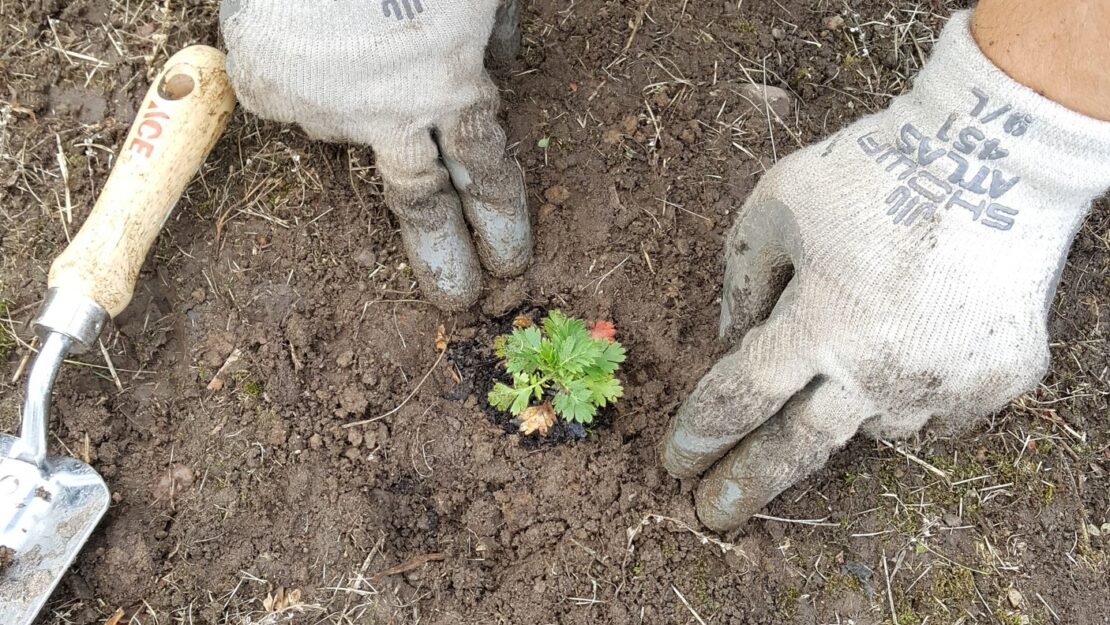Super Gardens

By Aimee Junget

Picture a large city parking lot paved in asphalt—perhaps in front of a school or a large government building. Now imagine a bunch of cars sitting in the lot all day with oil, gas, and probably some fertilizers hanging out on the pavement. Later in the day, a huge storm arrives, as they often do on humid days in Minnesota, and washes all of the substances the rain has collected both from the air and the pavement into stormwater drains and, eventually, into lakes and rivers. Kind of gross if you think about it, huh– especially when you live in the “Land of 10,000 lakes”, home to the headwaters of the second largest river system in the United States. When I found out that the solution to this problem could be a garden I was a bit skeptical. Now, as our crew has worked on rain gardens for a couple different organizations—Metro Blooms and Chisago Soil and Water Conservation District—I am beginning to see the magic. Our crews are involved in many parts of the process: installation, maintenance, and other steps in between. A garden, both beautiful and cost-efficient, contributes to local communities in more ways than one.

Installing and performing maintenance on rain gardens is not always as glamorous as it may sound. Our crews spend hours a day pulling out anything from empty Cheetos bags to thistles as tall as a human from the garden. Nevertheless, the fun part comes when you get to put new plants in the ground and help establish new layouts and designs in the garden. Pictured below, you can see our crew planting Prairie Smoke, a personal favorite, into a garden in Taylors Falls. The idea is to plant native wildflowers that add color throughout the year as different forbs bloom at different times. Planting grasses helps to establish deep roots that are experts at absorbing and treating water. These super gardens contain inlets typically on slopes or at a low point among impermeable surfaces and take in any drainage. During the 24-48 hours following a big storm, the plants in the garden filter out toxins and slowly absorb the stormwater, reducing the amount that ends up in bodies of water.
Working with rain gardens has opened my eyes to some natural solutions to problems and makes me wonder what other ways we can use a combination of innovation and nature’s super powers to solve issues in our local communities.

